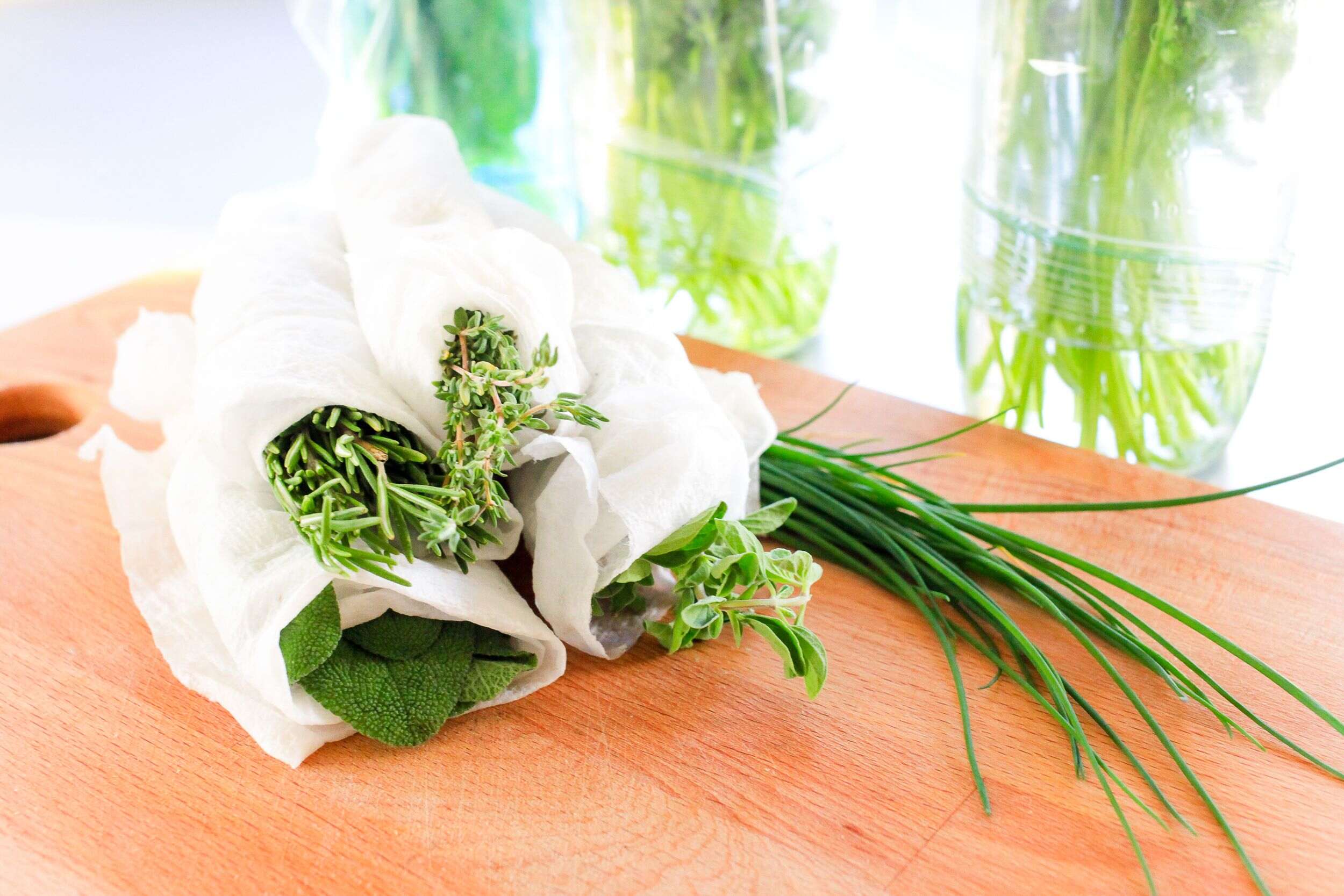

Articles
How To Store Herbs From Garden
Modified: February 3, 2024
Learn how to store herbs from your garden with these helpful articles. Keep your herbs fresh and flavorful all year round!
(Many of the links in this article redirect to a specific reviewed product. Your purchase of these products through affiliate links helps to generate commission for Storables.com, at no extra cost. Learn more)
Introduction
Having a garden filled with fresh herbs is a delight for any culinary enthusiast. The vibrant colors, fragrant aromas, and incredible flavors that herbs provide can elevate any dish to new levels. However, when the growing season comes to an end, it’s essential to find ways to preserve the abundance of herbs from your garden. Storing herbs properly not only allows you to enjoy their flavors year-round but also helps reduce waste.
In this article, we will explore the various methods of storing herbs from the garden to ensure their freshness and potency. Whether you have a surplus of basil, rosemary, thyme, or mint, we will guide you through best practices for harvesting, preparing, and storing your herbs. From drying and freezing to storing them in oil or vinegar, we will cover a range of techniques to suit your preferences and cooking needs.
By following these strategies, you can extend the shelf life of your herbs and continue to savor their taste long after the growing season ends. So, let’s dive in and discover how to store herbs from the garden!
Key Takeaways:
- Preserve the vibrant flavors and aromas of your garden herbs year-round by mastering the art of herb storage. From refrigeration to infusing oils and vinegars, explore a variety of methods to elevate your culinary creations.
- Extend the life of your homegrown herbs and elevate your cooking with proper storage techniques. Whether drying, freezing, or infusing, savor the freshness and versatility of herbs in every dish.
Read more: How To Store Fresh Herbs From Garden
Why Store Herbs from the Garden?
There are several reasons why storing herbs from the garden is a valuable practice for culinary enthusiasts:
- Extended Freshness: One of the primary benefits of storing herbs from the garden is being able to extend their freshness. Freshly picked herbs have the most vibrant flavors and aromas, and by properly storing them, you can preserve those qualities for an extended period.
- Cost Savings: Store-bought herbs can be expensive, especially if you prefer using organic varieties. By storing your own herbs, you can save money on grocery bills and have a readily available supply of fresh herbs whenever you need them.
- Control over Quality: When you grow herbs in your own garden, you have control over the quality and cultivation methods. You know exactly how the herbs were grown, without the use of harmful pesticides or chemicals, ensuring a healthier and more flavorful final product.
- Culinary Versatility: Having a well-stocked herb supply allows you to experiment with different flavors and enhance a wide range of dishes. Whether you’re making homemade sauces, marinades, or soups, having a variety of preserved herbs at your disposal opens up a world of culinary possibilities.
- Preserving Seasonal Herbs: Some herbs, like basil and cilantro, have a relatively short growing season. By storing these herbs properly, you can enjoy their flavors year-round, even when they are out of season.
By understanding the benefits of storing herbs from the garden, you can make the most of your herbaceous bounty and elevate your cooking to new heights. Let’s now delve into the best practices for harvesting herbs to ensure optimal flavor and longevity.
Best Practices for Harvesting Herbs
Harvesting herbs from your garden is an essential step in ensuring optimal flavor and quality. Here are some best practices to follow when harvesting your herbs:
- Timing: Harvest herbs when they are at their peak. Generally, the best time for harvesting herbs is in the morning after the dew has dried but before the sun gets too hot. This is when the herbs have the highest concentration of essential oils, resulting in maximum flavor and aroma.
- Choose Healthy Plants: Select herbs that are healthy, free from diseases, and have vibrant green foliage. Avoid harvesting herbs that are wilting, yellowing, or showing signs of pest infestation.
- Prune Strategically: When harvesting herbs, it’s important to prune them strategically to encourage new growth. Trim the herbs just above a leaf node or pair of leaves, as this will stimulate new shoots to develop.
- Use Clean Tools: Ensure that your harvesting tools, such as pruning shears or scissors, are clean and sharp. This helps minimize damage to the plant and prevents the spread of diseases.
- Harvest Selectively: Only harvest the amount of herbs you need at a given time to avoid wastage. It’s better to harvest frequently in smaller quantities rather than harvesting a large amount all at once.
- Leave the Plant Healthy: When harvesting, avoid removing more than one-third of the plant’s foliage. Leaving enough leaves on the plant allows it to continue photosynthesizing and regrowing for future harvests.
- Inspect for Insects: Before bringing the harvested herbs indoors, inspect them carefully for any insects or pests. Remove any unwelcome guests to prevent infestations in your storage area.
- Use Immediately or Store: Once harvested, herbs can be used immediately in cooking or stored for later use. We will explore various methods of storing herbs in the upcoming sections of this article.
By following these best practices for harvesting herbs, you can ensure that your plants remain healthy and productive throughout the growing season. Now that you’ve harvested your herbs, it’s time to prepare them for storage. Let’s move on to the next section where we will learn how to prepare herbs for storage.
Preparing Herbs for Storage
Properly preparing herbs for storage is crucial to maintain their flavor, color, and aroma. Follow these steps to ensure your herbs are ready for long-term preservation:
- Cleaning: Begin by gently rinsing the harvested herbs under cool running water to remove any dirt or debris. Pat them dry using a clean towel or paper towels. This step helps remove any lingering pests or bacteria.
- Trimming: Remove any discolored or damaged leaves from the herbs. Discard any tough stems or woody parts that are not suitable for consumption. By removing these elements, you ensure that only the freshest and most flavorful parts of the herb are stored.
- Separating: If you have harvested different types of herbs, it’s important to separate them before storage. This prevents cross-contamination of flavors and ensures that each herb maintains its distinct characteristics.
- Consider Freezing Method: If you plan to freeze your herbs for storage, consider chopping or mincing them into smaller pieces. This makes it easier to measure and incorporate them into your dishes directly from the freezer.
- Leave Herbs Whole for Drying: When drying herbs, it’s best to leave them whole or in larger sprigs. This helps retain the essential oils within the leaves and ensures a more potent flavor.
- Do Not Wash Before Drying: If you are drying herbs, avoid washing them before the drying process. Washing can introduce moisture, which can lead to mold or spoilage during the drying process.
- Avoid Overhandling: When preparing herbs for storage, try not to handle them excessively. Excessive handling can cause bruising and damage, leading to a quicker loss of flavor and freshness.
- Labeling: Lastly, it’s crucial to label your herbs with their names and the date of harvest. This helps you keep track of their freshness and ensures you use the oldest herbs first.
By following these preparation steps, you can ensure that your herbs are clean, trimmed, and ready for long-term storage. Now, let’s explore the different methods of storing herbs to maintain their flavor and potency.
Different Methods of Storing Herbs
There are several methods you can choose from when it comes to storing herbs from your garden. Each method offers its own advantages and is suitable for specific types of herbs. Let’s take a look at some of the most common methods:
- Storing Herbs in the Refrigerator: This method is suitable for tender herbs like basil, parsley, and cilantro. Wrap the herbs loosely in a damp paper towel and place them in a resealable plastic bag. Store the bag in the refrigerator’s crisper drawer to keep the herbs fresh for up to a week.
- Drying Herbs: Drying is a traditional method of preserving herbs and works well for herbs with low moisture content, such as thyme, rosemary, and oregano. Hang the herbs upside down in small bundles in a dry, well-ventilated area. Once fully dry, remove the leaves from the stems and store them in airtight containers.
- Freezing Herbs: Freezing is an excellent method for preserving the flavors and aromas of delicate herbs like dill, mint, and chives. Chop or mince the herbs and place them in ice cube trays. Fill the trays with water or olive oil and freeze them. Once frozen, transfer the herb cubes to a freezer-safe bag or container.
- Storing Herbs in Oil: This method is ideal for herbs like basil, rosemary, and thyme. Pack clean, dry herb leaves into a sterilized jar and cover them completely with olive or vegetable oil. Ensure that there are no air bubbles. Store the jar in the refrigerator and use the herb-infused oil for cooking or salad dressings.
- Storing Herbs in Vinegar: Vinegar is a great option for preserving the flavor of herbs like tarragon, chives, and dill. Place cleaned and dried herb leaves in a sterilized jar and pour heated vinegar over them. Seal the jar tightly and store it in a cool, dark place for a couple of weeks. Strain the vinegar to remove the herbs before using.
Choosing the right storage method depends on the type of herbs you have and your intended use. Experiment with different methods to find the one that best suits your preferences and culinary needs. Remember to label and date your stored herbs to ensure you use them before their flavor diminishes.
Now that we’ve covered the various storage methods, let’s explore some specific techniques in detail, starting with storing herbs in the refrigerator.
Read more: How To Dry Herbs From Garden
Storing Herbs in the Refrigerator
The refrigerator is a convenient and effective storage option for preserving the freshness of tender herbs like basil, parsley, and cilantro. Follow these steps to store herbs in the refrigerator:
- Clean and Dry the Herbs: Start by gently rinsing the herbs under cool running water to remove any dirt or debris. Pat them dry using a clean towel or paper towels. It’s important to ensure that the herbs are completely dry before storing them to prevent moisture buildup and mold growth.
- Wrap in a Damp Paper Towel: Take a damp paper towel and wring out any excess moisture. Place the herbs on the damp paper towel and loosely wrap them. The dampness helps maintain the herbs’ moisture and keeps them fresh.
- Store in a Resealable Bag: Place the wrapped herbs in a resealable plastic bag, ensuring that there is some air circulation. You can also use perforated bags or poke small holes in the bag to allow for airflow.
- Keep in the Crisper Drawer: Store the bag of herbs in the crisper drawer of your refrigerator. This compartment provides a slightly higher humidity level that helps preserve the herbs’ freshness.
- Check Regularly and Refresh: Every few days, check the herbs for any signs of wilting or decay. If the paper towel becomes dry, dampen it again to maintain the herbs’ moisture.
- Use Within a Week: Herbs stored in the refrigerator can typically retain their freshness for up to a week. It’s best to use them as soon as possible to enjoy their optimal flavor and aroma.
Storing herbs in the refrigerator allows you to have access to fresh herbs even when they are out of season. This method is simple and helps preserve the vibrant colors and delicate flavors of tender herbs.
Next, we will explore another popular method of preserving herbs – drying them.
After harvesting herbs from your garden, gently wash and dry them thoroughly. Store them in airtight containers or wrap them in damp paper towels and place in a plastic bag in the refrigerator. This will help keep them fresh for longer.
Storing Herbs by Drying
Drying herbs is a classic method of preserving their flavors and aromas for long-term use. Here’s how you can dry your herbs:
- Harvest and Clean the Herbs: Start by harvesting the herbs at their peak, as mentioned earlier in the article. Remove any damaged or discolored leaves and rinse the herbs gently under cool water to remove any dirt or debris.
- Hanging Method: Bundle the herbs together with twine or a rubber band, keeping the stems aligned. Hang the bundles upside down in a well-ventilated area away from direct sunlight. This allows the herbs to dry slowly and naturally.
- Air Drying: If the hanging method is not feasible, herbs can also be air-dried by spreading them out in a single layer on a clean, dry surface. Ideally, use a drying rack or a baking sheet lined with parchment paper.
- Ensure Proper Air Circulation: It’s crucial to place the herbs in a well-ventilated area with good air circulation to prevent mold or mildew growth. Avoid drying herbs in humid or damp spaces.
- Wait for Complete Drying: It may take one to two weeks for herbs to dry completely, depending on the herb type and climate conditions. The herbs are ready when they are brittle, and the leaves crumble easily when rubbed between your fingers.
- Remove Leaves from Stems: Once the herbs are completely dry, remove the leaves from the stems. Discard any tough stems or woody parts, and keep only the dried leaves.
- Storage Containers: Store the dried herbs in airtight containers, such as glass jars or resealable bags. Make sure to label them with the herb name and the date of drying.
- Storage Conditions: Keep the dried herbs in a cool, dark place away from moisture, heat, and direct sunlight. This helps maintain their flavor, color, and potency for an extended period.
- Usage: When using dried herbs in your recipes, crumble or crush the leaves between your fingers to release their aromas and flavors. Use them in moderation, as dried herbs are more concentrated than fresh ones.
Drying herbs allows you to preserve their flavors and enjoy them even when they are out of season. It’s a simple and cost-effective method that can be used for a wide variety of herbs like thyme, rosemary, oregano, and more.
Next, we will explore another method of storing herbs – freezing.
Storing Herbs by Freezing
Freezing herbs is an excellent method to preserve their flavors, aromas, and vibrant colors. Follow these steps to freeze your herbs:
- Harvest and Clean the Herbs: Harvest your herbs at their peak freshness, as mentioned earlier. Rinse them gently under cool water to remove any dirt or debris. Pat them dry using a clean towel or paper towels.
- Chop or Mince the Herbs: Depending on your preference, you can either chop the herbs into small pieces or mince them finely. This step makes it easier to measure and incorporate the herbs into your dishes directly from the freezer.
- Choose Freezing Medium: You have two options for freezing herbs: water or oil. If using water, fill ice cube trays halfway with chopped herbs and then top them up with water. If using oil, pack the herbs tightly into ice cube trays and fill the tray cavities with olive oil.
- Cover and Freeze: Place the filled ice cube trays in the freezer and allow the herbs to freeze completely. This typically takes a few hours. Once frozen, remove the herb cubes from the trays and transfer them to freezer-safe bags or containers.
- Label and Date: To avoid confusion, label the freezer bags or containers with the herb name and the date of freezing. This helps you keep track of their freshness and enables you to use the oldest herbs first.
- Freeze Flat or Stack: If using freezer bags, you can freeze them flat to save space. For containers, stack them neatly in your freezer. Ensure that the herbs are stored in a single layer to prevent them from freezing together.
- Usage: When you need to use the frozen herbs, simply remove the desired number of herb cubes from the freezer and thaw them directly in your cooking. Frozen herbs work well in soups, stews, sauces, and other cooked dishes.
- Storage Duration: Frozen herbs can retain their quality for up to six months. However, they may begin to lose some flavor and aroma over time. It’s best to use them within the first few months for the best results.
Freezing herbs is a convenient method that allows you to maintain the freshness and potency of delicate herbs like dill, mint, and chives. It provides you with readily available herbs all year round for your culinary creations.
Next, we will explore another interesting method of herb preservation – storing herbs in oil.
Storing Herbs in Oil
Storing herbs in oil is a great way to preserve their flavors while infusing the oil with aromatic notes. Follow these steps to store your herbs in oil:
- Harvest and Clean the Herbs: Harvest your herbs from the garden, ensuring that they are fresh and free from any dirt or debris. Rinse them gently under cool water and pat them dry using a clean towel or paper towels.
- Prepare the Jars and Herbs: Sterilize glass jars or bottles by washing them with hot, soapy water and rinsing thoroughly. Dry them completely before use. Pack the clean, dry herb leaves into the sterilized jars, leaving some headspace at the top.
- Choose an Oil: Select a high-quality oil such as olive oil or vegetable oil to preserve the herbs. Pour the oil into the jar, completely covering the herbs. Ensure that there are no air bubbles or herbs exposed to air.
- Seal the Jars: Seal the jars tightly using lids or cork stoppers to prevent air from entering. Make sure the containers are airtight to avoid oxidation and spoilage of the oil.
- Label and Date: Label each jar with the herb name and the date of preservation. This helps you identify the herbs and use them within a reasonable timeframe.
- Store in the Refrigerator: Place the sealed jars in the refrigerator. The cool temperature helps preserve the freshness of the herbs and prevents the growth of harmful bacteria.
- Usage: Use the herb-infused oil in your culinary creations. It adds a burst of flavor and aroma to dressings, marinades, sautés, and other dishes. Strain the oil before using it if desired or leave the herbs in to intensify the flavor over time.
- Storage Duration: Herb-infused oil can typically be stored in the refrigerator for several weeks or even months, depending on the freshness of the herbs used. However, it’s best to use the oil within a few weeks to ensure optimal flavor and quality.
Storing herbs in oil not only preserves their freshness but also creates a flavorful and versatile ingredient for your cooking adventures. Keep in mind that proper refrigeration is crucial to prevent the growth of harmful bacteria and maintain the oil’s quality.
Next, let’s explore another interesting method of preserving herbs – storing them in vinegar.
Read more: How To Store Herbs
Storing Herbs in Vinegar
Storing herbs in vinegar is a unique and flavorful way to preserve their essence while creating herb-infused vinegar for culinary use. Follow these steps to store your herbs in vinegar:
- Harvest and Clean the Herbs: Harvest your fresh herbs, ensuring that they are clean and free from any dirt or debris. Rinse them gently under cool water and pat them dry with a clean towel or paper towels.
- Prepare the Jars and Herbs: Sterilize glass jars or bottles by washing them with hot, soapy water and rinsing thoroughly. Dry them completely before use. Pack the clean, dry herb leaves into the sterilized jars, leaving some headspace at the top.
- Choose a Vinegar: Select a high-quality vinegar such as white wine vinegar or apple cider vinegar to infuse the herbs. Heat the vinegar gently in a saucepan until just hot, but not boiling.
- Infuse the Vinegar: Pour the hot vinegar over the herbs, completely covering them. Use a sterilized utensil or chopstick to remove any air bubbles and ensure the herbs are fully submerged. Seal the jars tightly using lids or cork stoppers.
- Store in a Cool, Dark Place: Place the sealed jars in a cool, dark place, such as a pantry or cupboard. Allow the herbs to infuse in the vinegar for a couple of weeks, shaking the jars gently every few days to distribute the flavors.
- Strain and Bottle: After the desired infusion time, strain the herb-infused vinegar using a fine-mesh sieve or cheesecloth to remove the herbs. Transfer the strained vinegar into clean, sterilized bottles and seal them tightly.
- Label and Date: Label each bottle with the herb and vinegar type, as well as the date of preservation. This helps you identify the infused vinegar and track its freshness.
- Usage: Use the herb-infused vinegar as a delightful addition to dressings, marinades, sauces, and other culinary creations. Enjoy the unique flavors and aromas that the infused vinegar brings to your dishes.
- Storage Duration: Herb-infused vinegar can typically be stored for several months if kept in a cool, dark place. However, for the best flavor experience, aim to use it within a few months.
Storing herbs in vinegar not only preserves their essence but also creates versatile herb-infused vinegar that can enhance the flavors of your dishes. The infusion process allows the vinegar to capture and preserve the unique flavors and aromas of the herbs, resulting in a delightful culinary ingredient.
Now that we have explored various methods of storing and preserving herbs, let’s move on to some tips for maintaining the freshness of your stored herbs.
Tips for Maintaining Herb Freshness
To ensure the longevity and freshness of your stored herbs, here are some helpful tips to keep in mind:
- Proper Storage: Always store your herbs in airtight containers to prevent air, moisture, and odors from affecting their quality. This helps maintain their flavor, color, and aroma for an extended period.
- Keep Away from Light: Light can cause herbs to lose their color and flavor. Store your herbs in a cool, dark place to protect them from direct sunlight, which can speed up their deterioration.
- Avoid Heat: Herbs are delicate and heat-sensitive. Ensure that your storage area is cool, as high temperatures can diminish their potency and flavor. Avoid storing herbs near the stove or other sources of heat.
- Frequent Monitoring: Regularly check your stored herbs for any signs of mold, mildew, or decay. Remove any herbs that show spoilage to prevent it from spreading to the rest of your stash.
- Use the Oldest Herbs First: To ensure freshness, use your stored herbs in a first-in, first-out manner. By using the oldest herbs first, you prevent them from sitting too long and losing their potency.
- Avoid Excessive Handling: Handle your herbs gently and sparingly. Excessive handling can bruise the leaves, resulting in faster deterioration of flavors and aromas.
- Adjust Storage Methods: Different herbs have different storage requirements. Assess your herb inventory periodically, and if you notice any signs of spoilage or loss of freshness, consider adjusting the storage method for those specific herbs.
- Keep Herbs Whole until Use: To maintain maximum potency, it’s best to keep your herbs whole until you’re ready to use them. Crushing or grinding the herbs activates the release of their oils, which may result in a quicker loss of flavor.
- Label and Date: Proper labeling and dating of your stored herbs are crucial for tracking freshness. Use clear labels with the herb name and the date of storage to ensure you use them within their viable period.
- Consider Growing Fresh Herbs Indoors: If you have limited space and a desire for fresh herbs year-round, consider growing a small herb garden indoors. This way, you can have a continuous supply of freshly harvested herbs for your culinary endeavors.
By following these tips, you can maintain the freshness and quality of your stored herbs for an extended period. Whether you choose to store them in the refrigerator, dry them, freeze them, or preserve them in oil or vinegar, these guidelines will help optimize their shelf life.
With these storage methods and freshness tips at your disposal, you can enjoy the flavors, aromas, and benefits of your homegrown herbs all year round!
Happy herb preservation and cooking!
Note: When consuming stored herbs, it’s important to be aware of any allergies or medical conditions. Consult with a healthcare professional if you have any concerns or questions regarding the use of stored herbs.
Conclusion
Storing herbs from your garden is a rewarding way to prolong the enjoyment of fresh flavors, vibrant colors, and enticing aromas. Whether you choose to store them in the refrigerator, dry them, freeze them, or preserve them in oil or vinegar, each method offers its own unique benefits and allows you to customize your herb preservation process.
By following best practices for harvesting and preparing your herbs, you can ensure optimal flavor and quality before storing them. Whether you prefer the convenience of refrigeration, the traditional method of drying, the versatility of freezing, or the richness of infusing oils or vinegar, there is a method suitable for every herb and culinary preference.
Remember to maintain proper storage conditions, such as airtight containers, cool temperatures, and protection from light and heat, to preserve the freshness of your stored herbs. Be mindful of monitoring your herbs regularly for signs of spoilage and use the oldest herbs first to maximize their potency.
Whether you’re adding a pinch of dried thyme to a hearty soup, infusing a salad dressing with the rich flavors of herb-infused oil, or brightening up a dish with the tangy infusion of herb-infused vinegar, your stored herbs will add a burst of flavor to your culinary creations.
So, the next time you find yourself with an abundance of fresh herbs from your garden, don’t let them go to waste. Embrace the art of herb preservation and savor the taste of your garden’s bountiful harvest all year long!
Happy herb storing and cooking!
Frequently Asked Questions about How To Store Herbs From Garden
Was this page helpful?
At Storables.com, we guarantee accurate and reliable information. Our content, validated by Expert Board Contributors, is crafted following stringent Editorial Policies. We're committed to providing you with well-researched, expert-backed insights for all your informational needs.
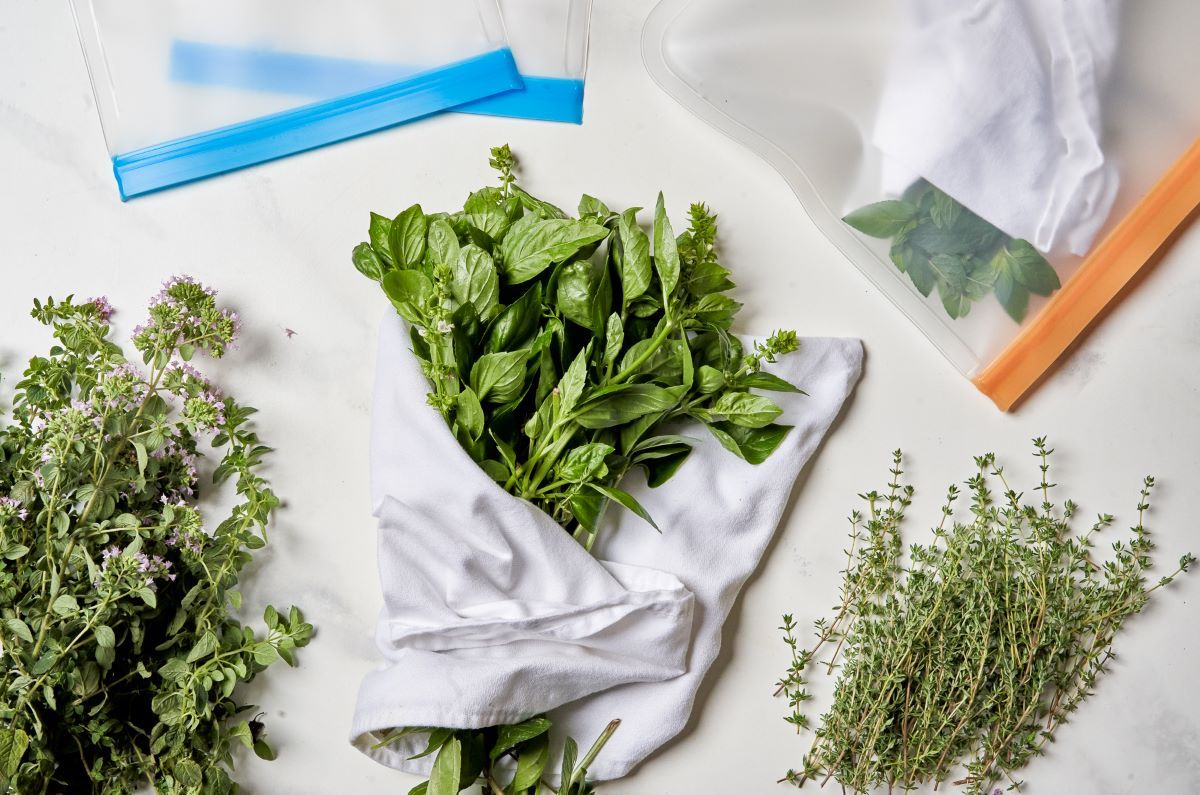
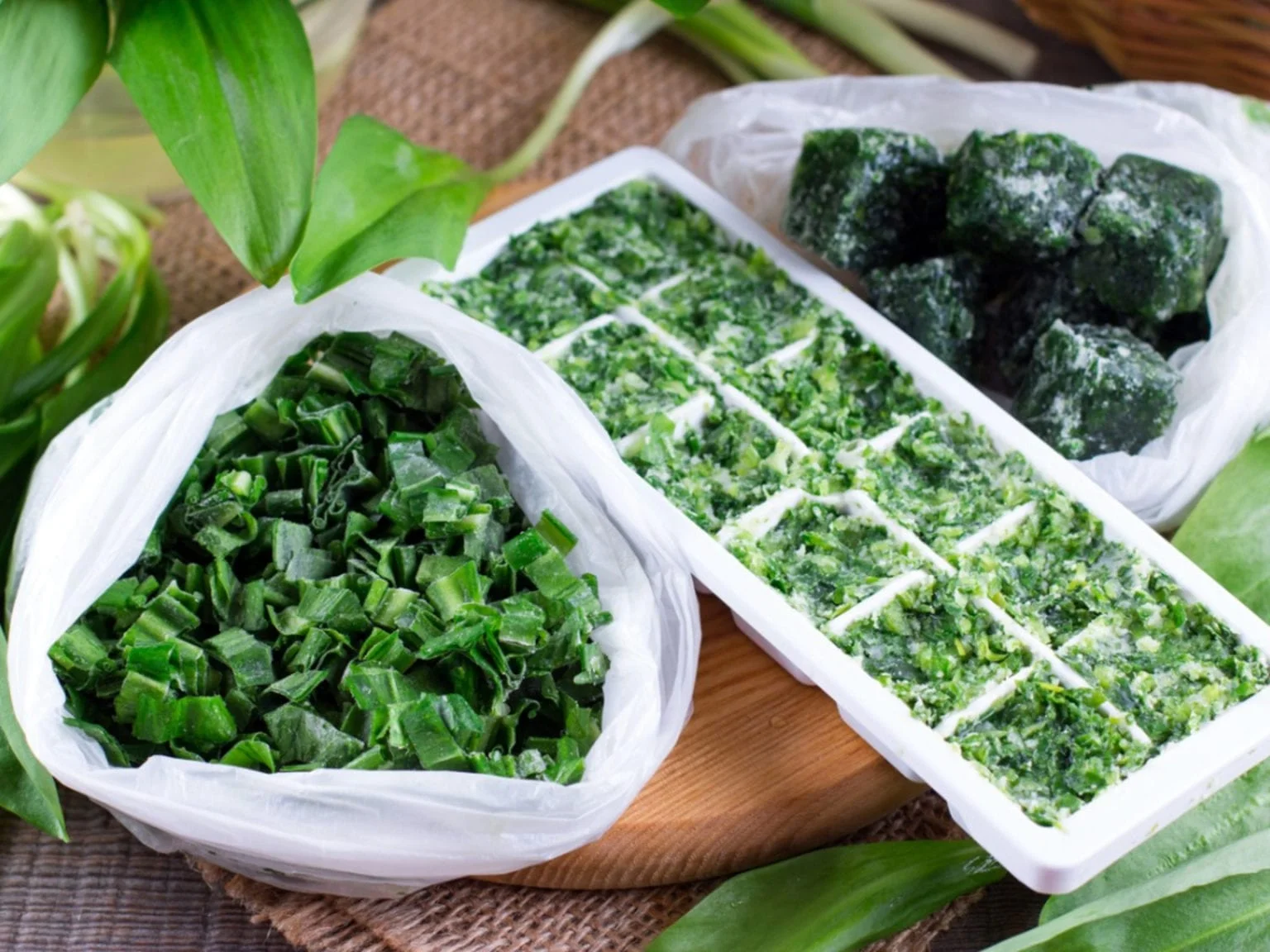
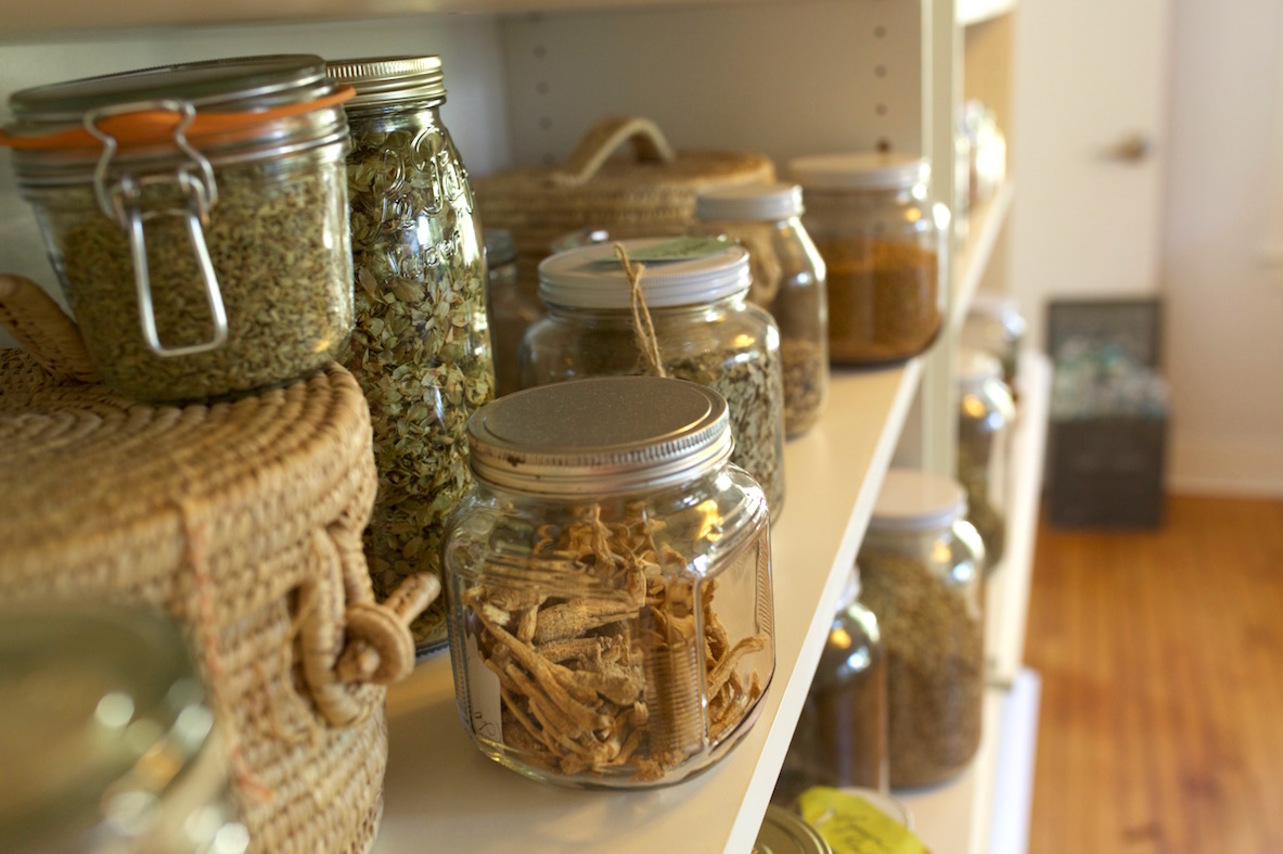
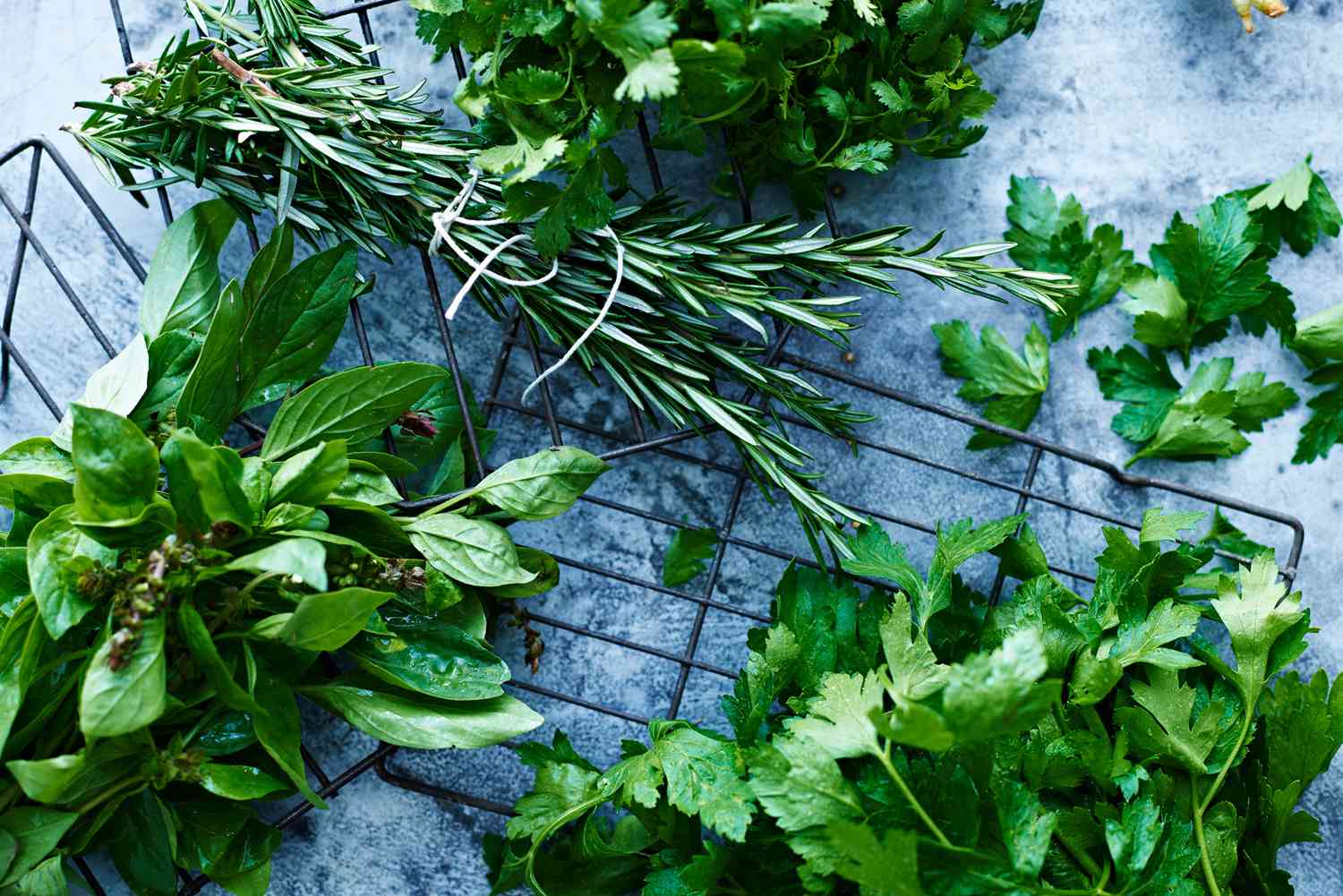
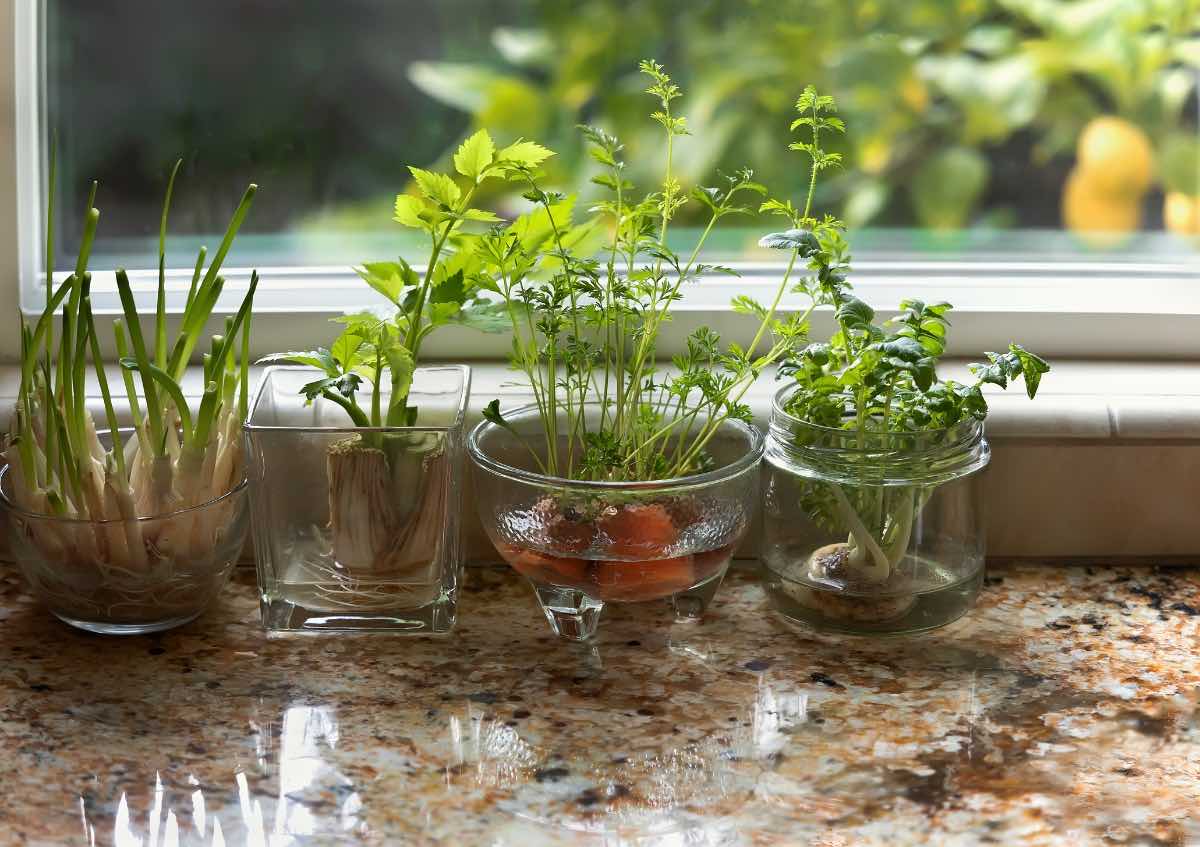
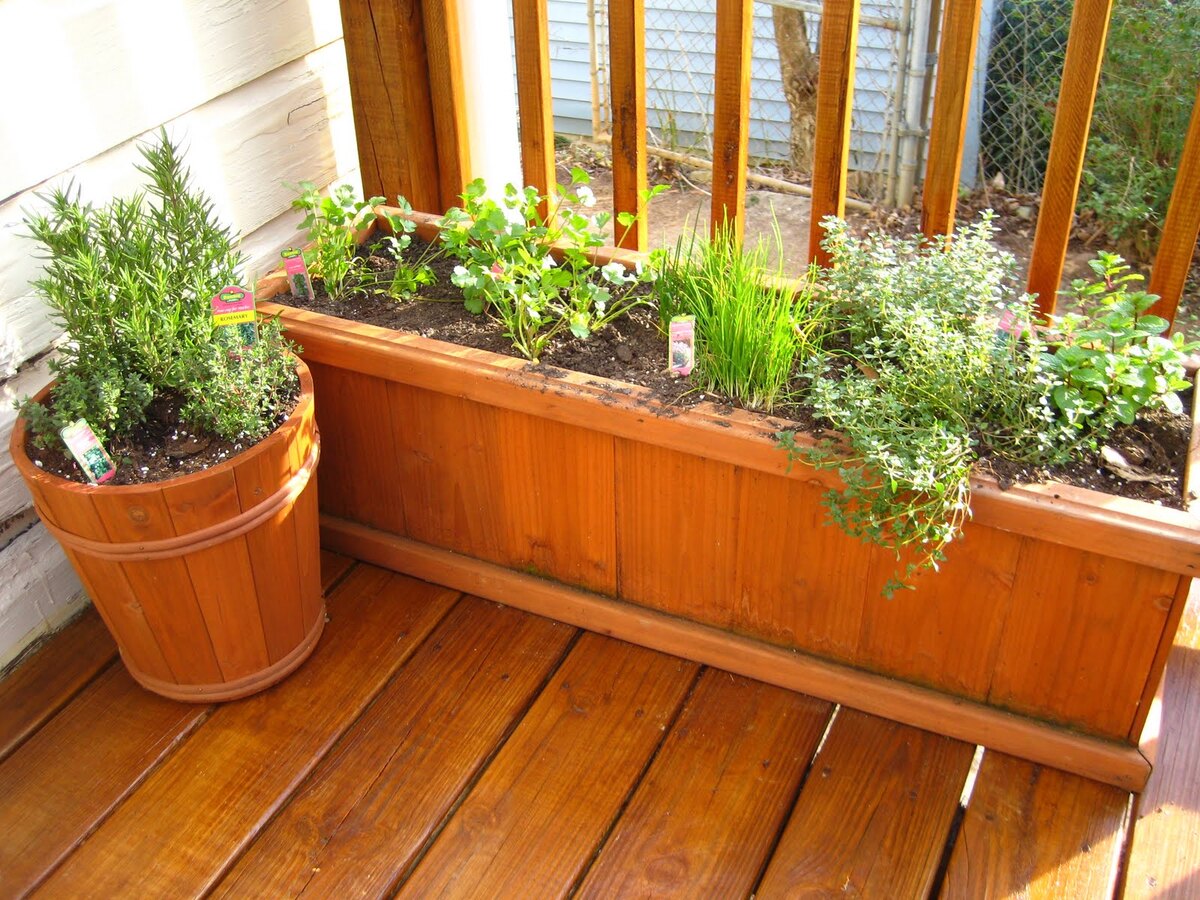
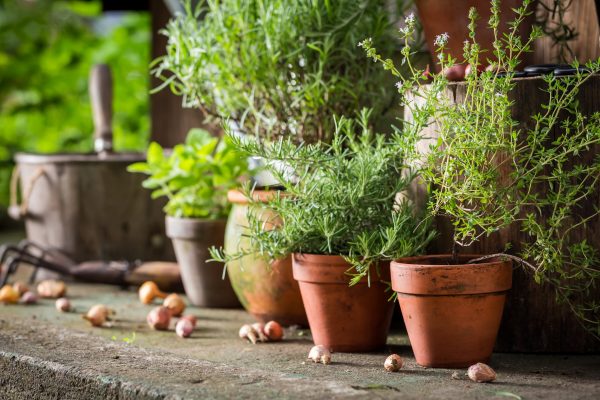
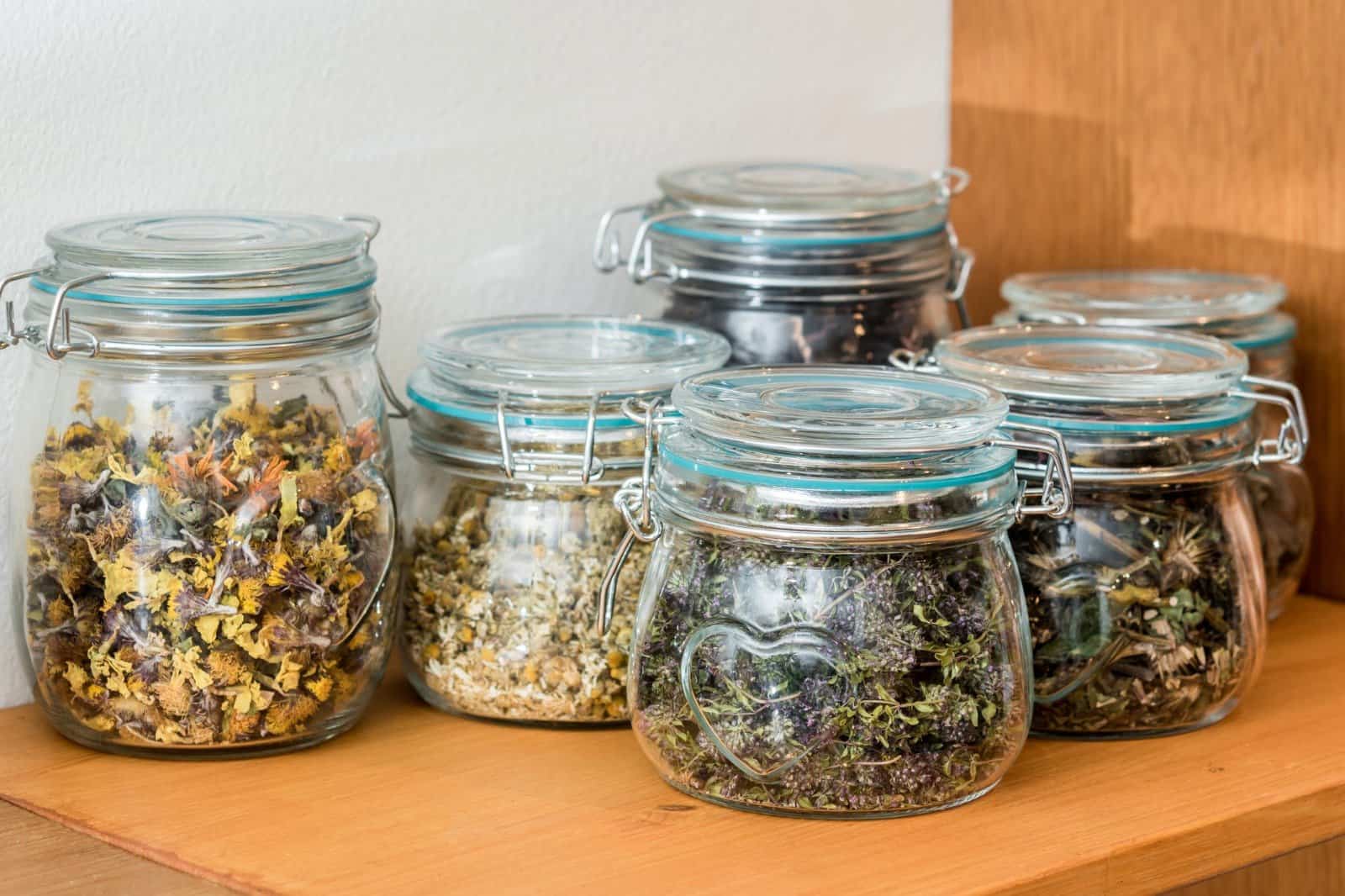
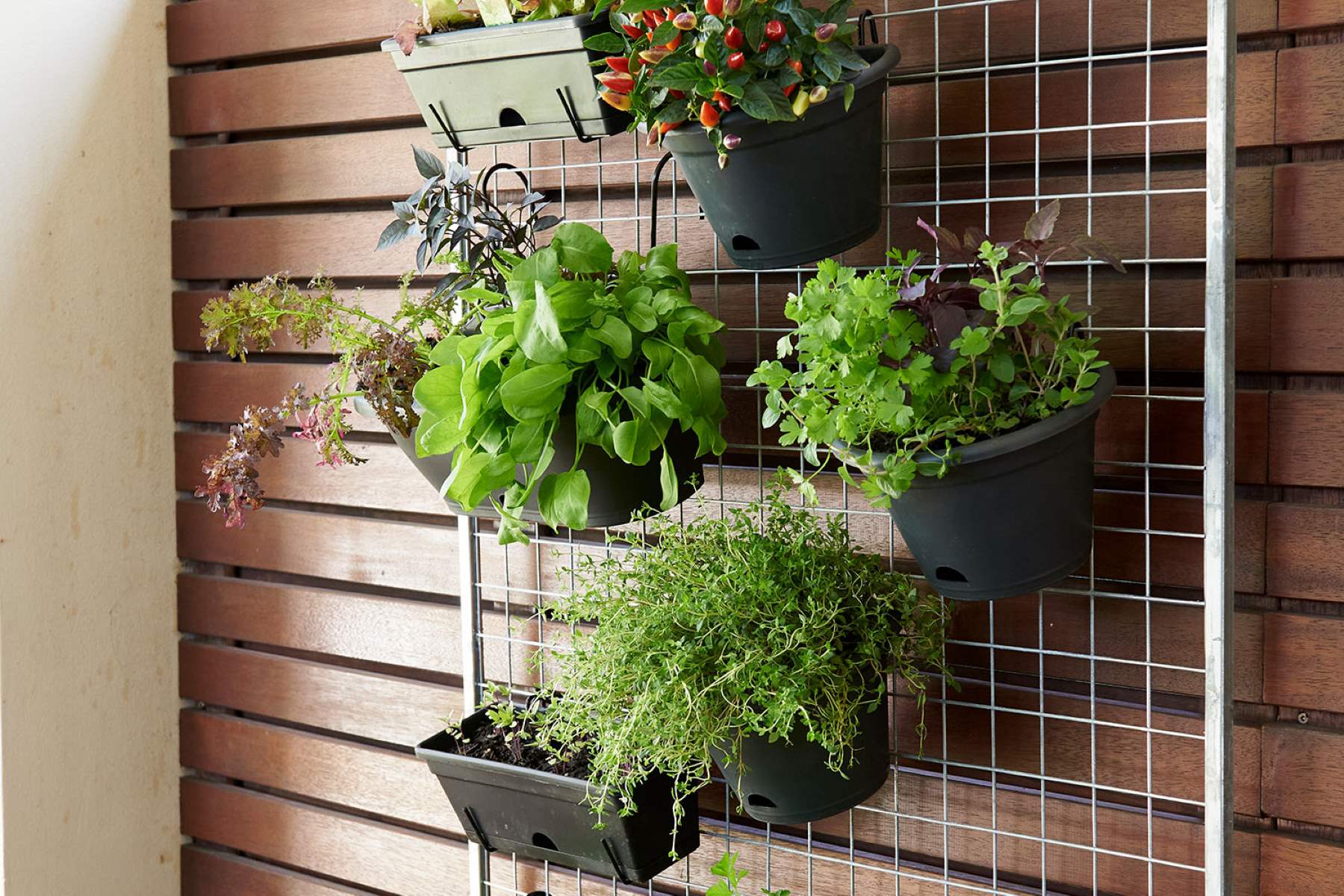
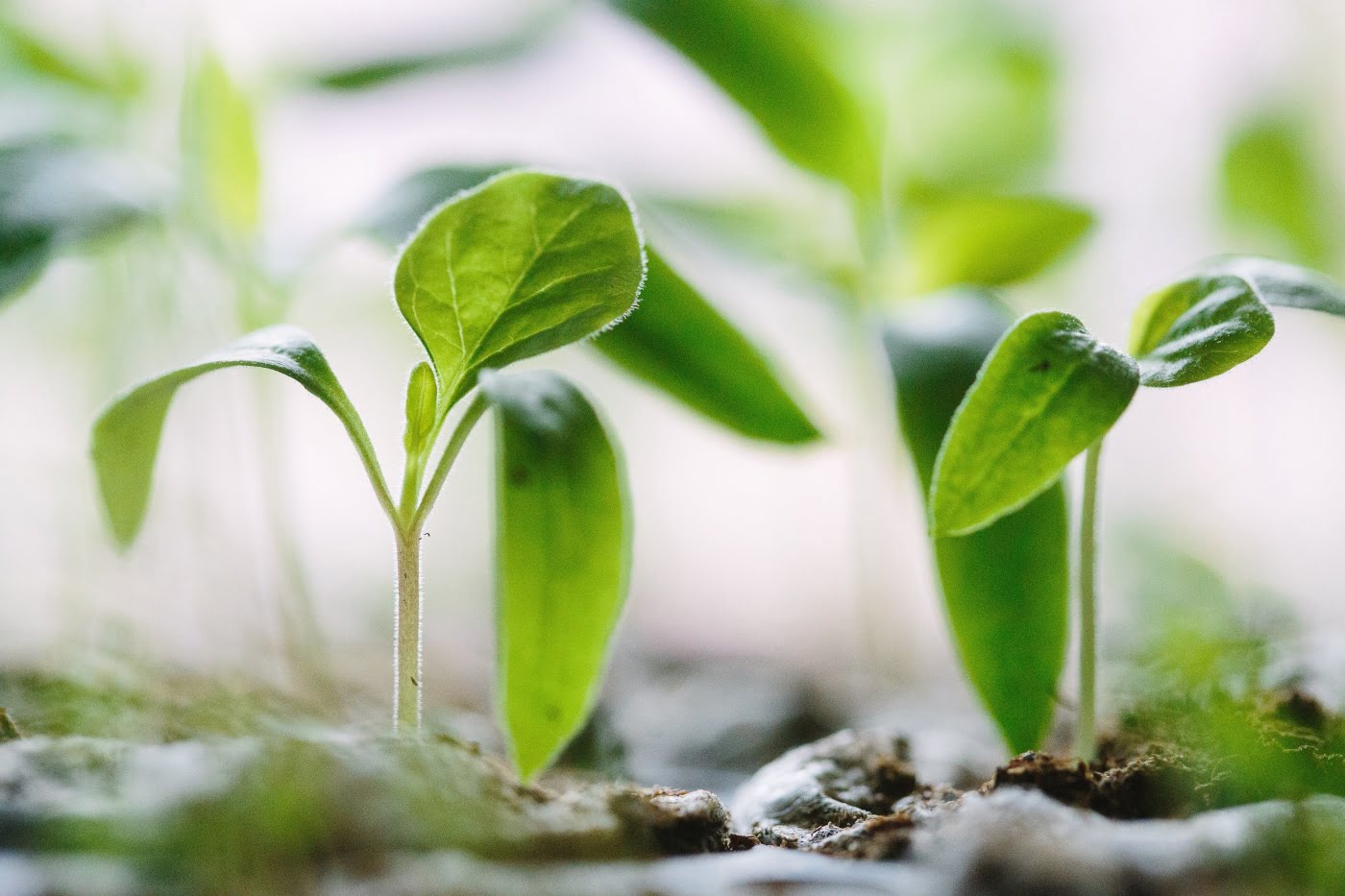
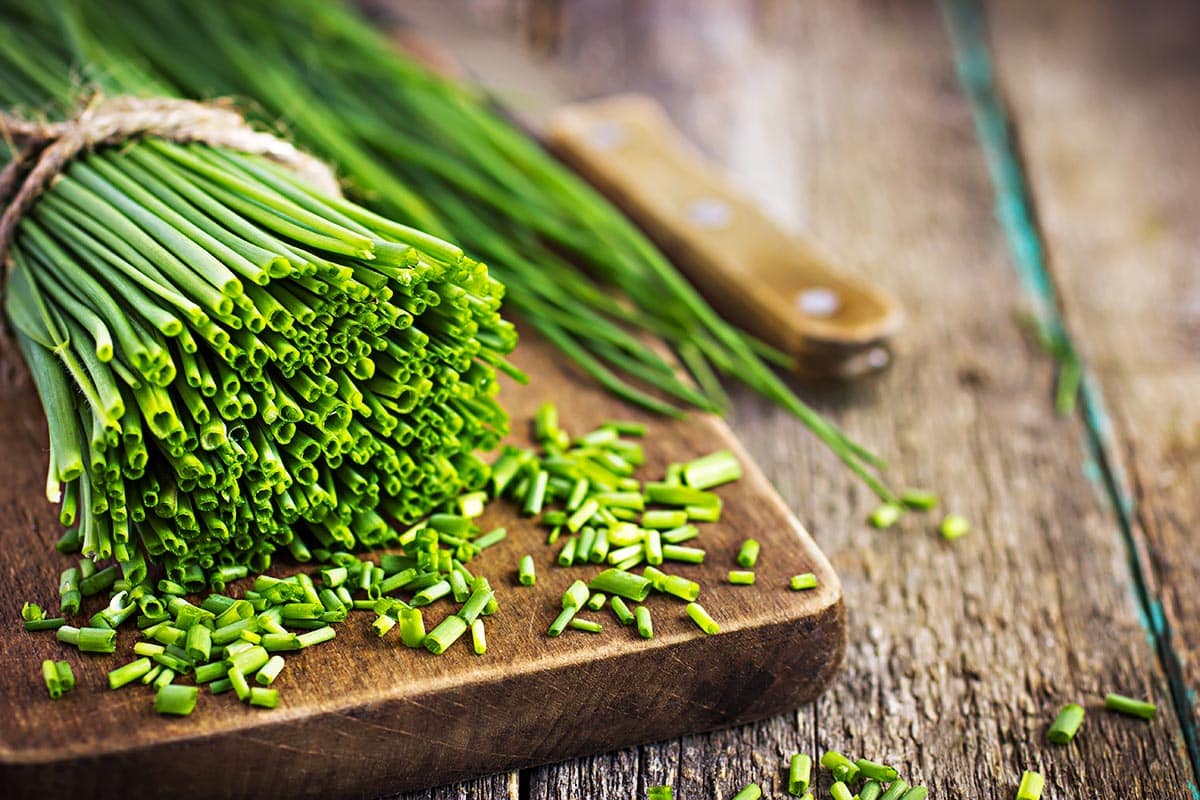
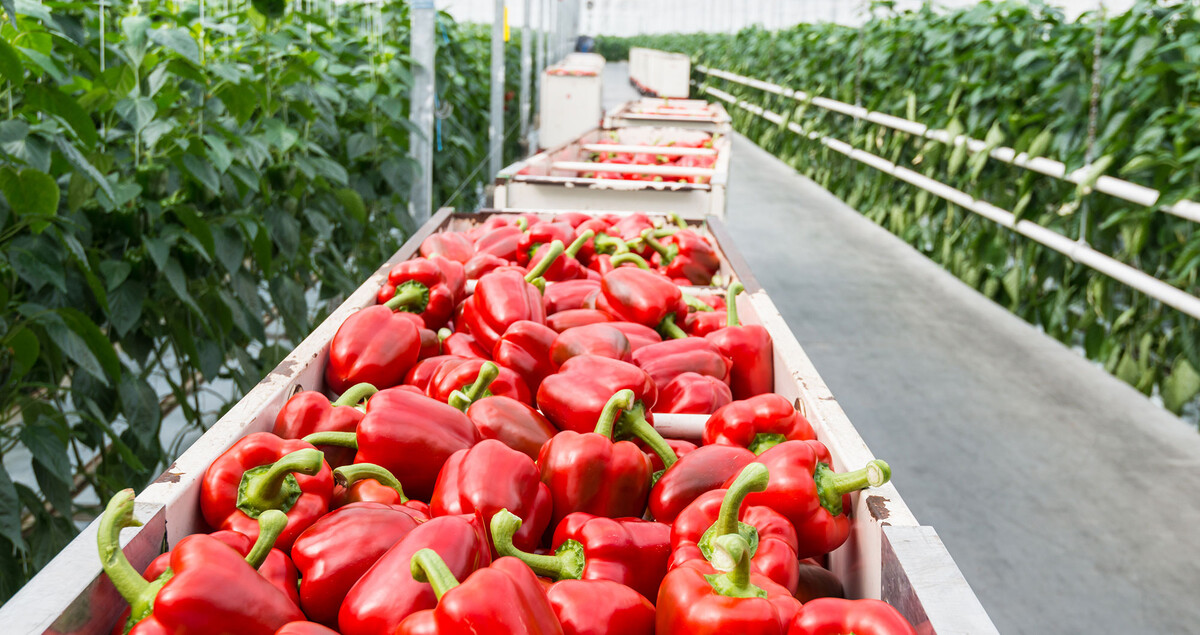
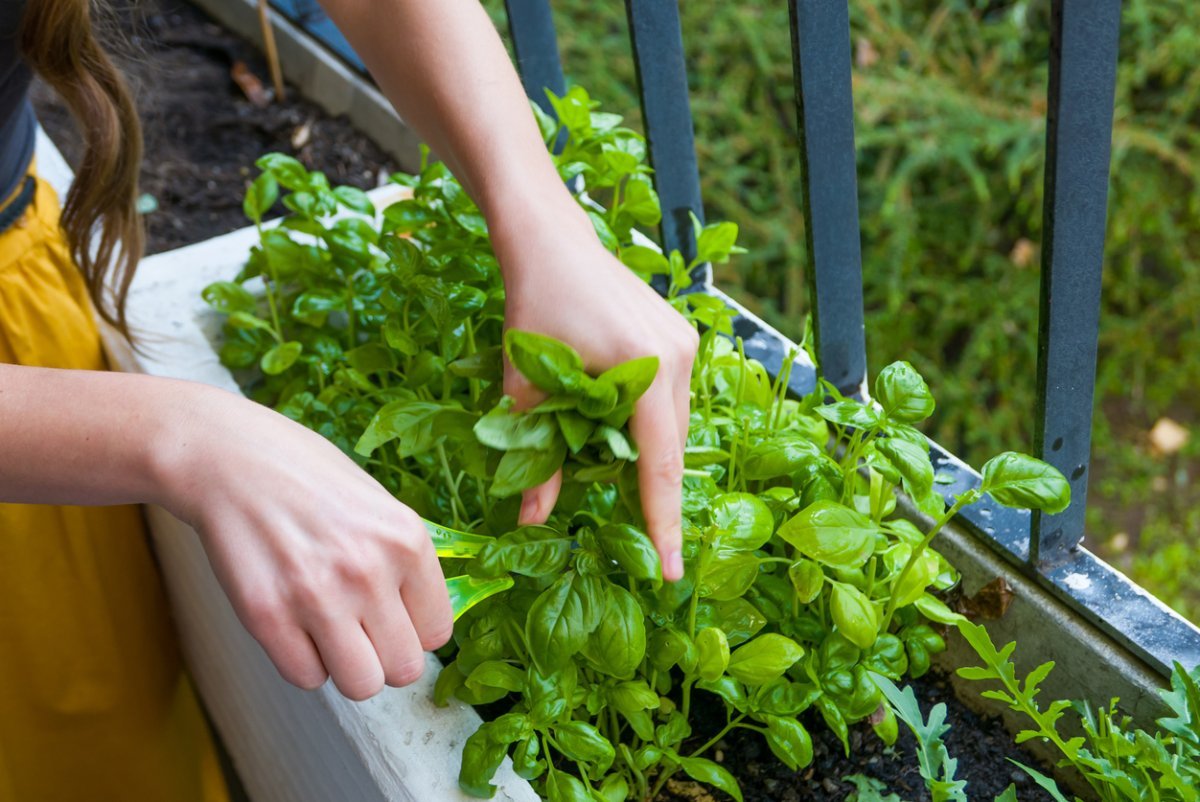

0 thoughts on “How To Store Herbs From Garden”